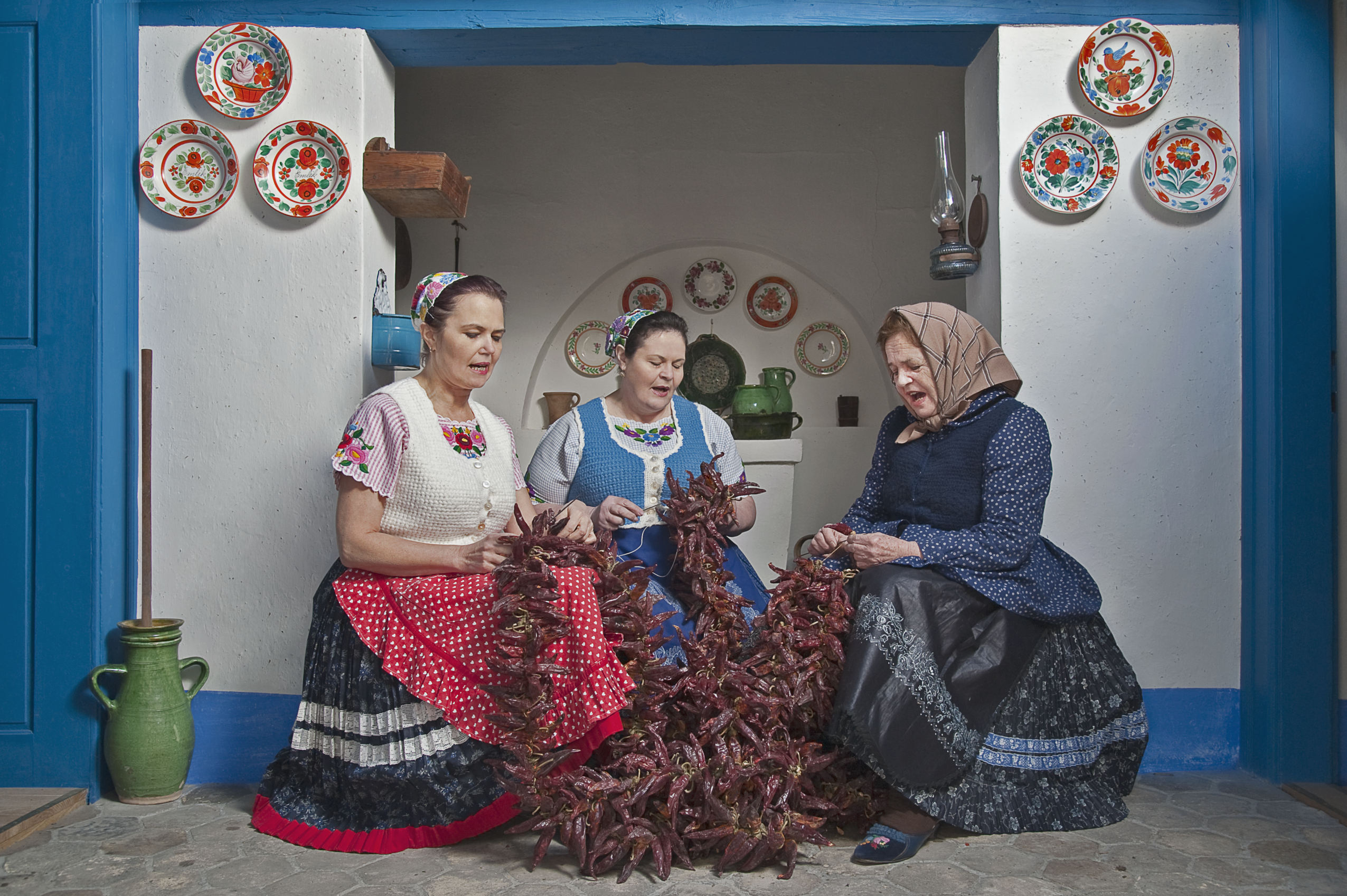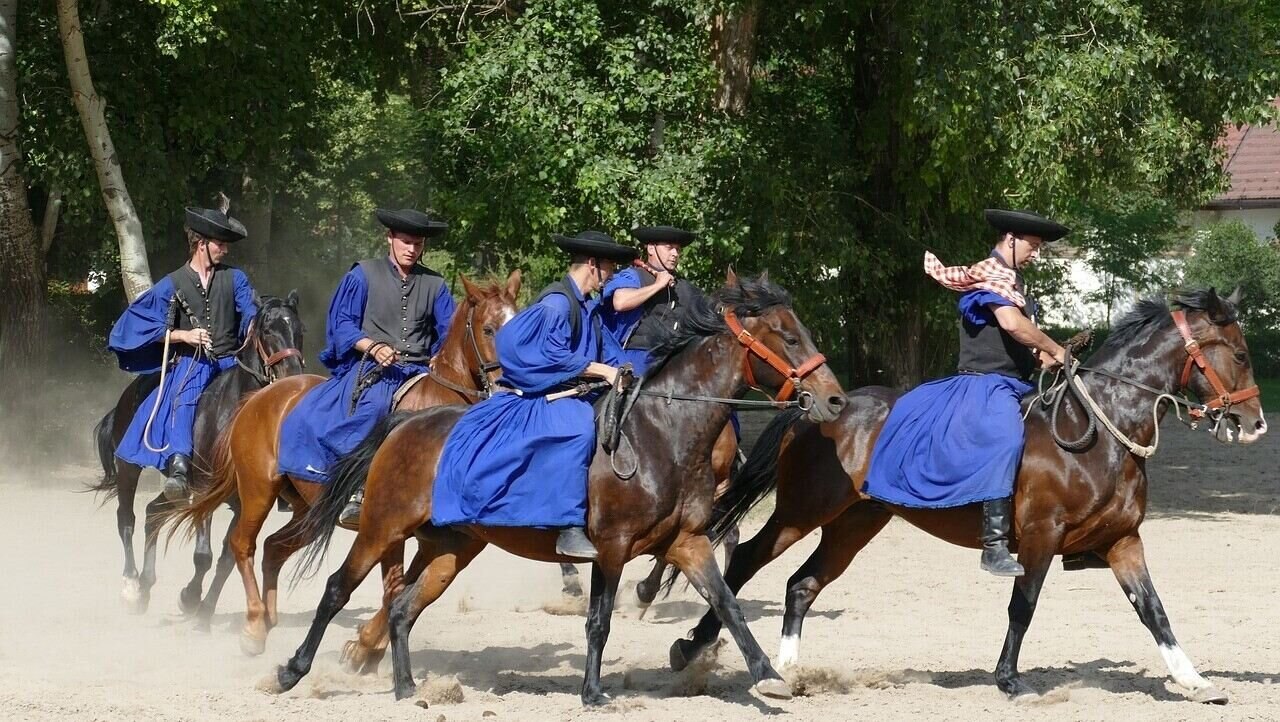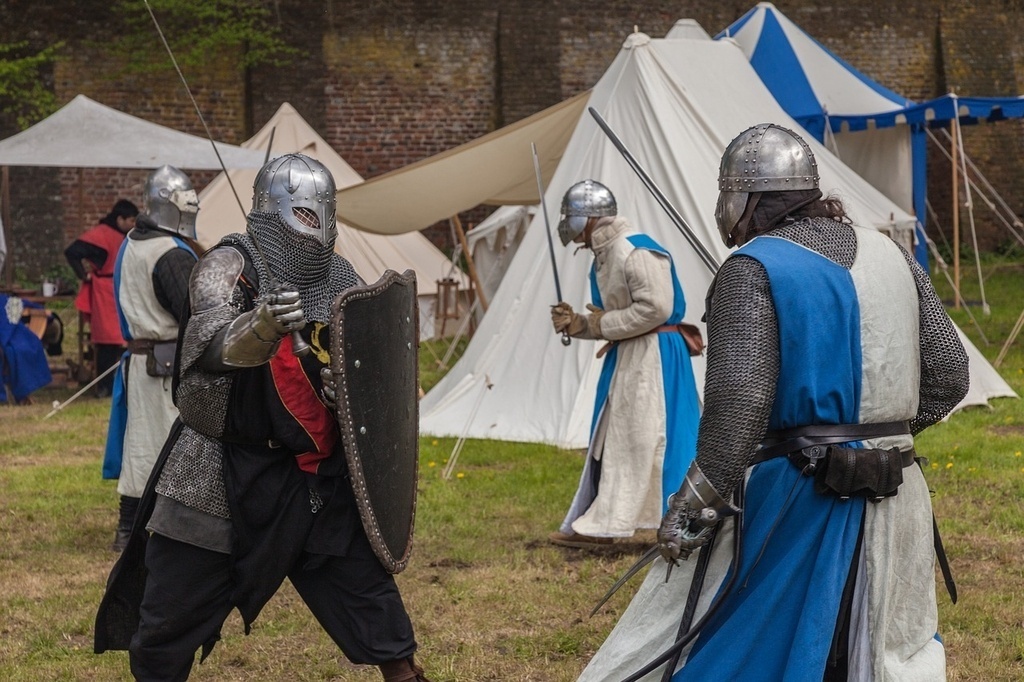Was the dreaded Dracula a Hungarian knight?
The main purpose of the gathering of knights, i.e. knighthoods, for example, the Templars, was to spread and protect Christian faith — by force, if necessary — which required military discipline and a strict monastic way of life.
The basic values, such as the protection of Christianity or the respect for morals, were, of course, also important in the royally founded knighthoods after the second half of the 14th century. Their main purpose and the circle of members, however, have changed radically, writes Rubicon. The “new” knightly orders using various imaginative symbols were brought to life in order to provide support for the ruling power. As a result, some of the most influential lords and court members were invited to be part of such societies.
According to 24, it is a common misconception that the English Order of the Garter, established in 1348, was
the first such royally founded order of chivalry. In reality, Károly Róbert of Hungary founded the Szent György-rend (Order of St. George) 20 years earlier, in 1326.
Ultimately, it proved to be short-lived. Between the 14-15th centuries, a number of similar chivalric orders were formed throughout Europe, among which Zsigmond’s Sárkányrend (Order of the Dragon) held a prominent place.


The queen was also a member of the order
The charter, issued on 12 December 1408, created a church-inspired but worldly order which, in addition to “holy purposes”, such as fighting against pagans and heretics, placed much greater emphasis on the political ambitions of Sigismund of Luxembourg.
The motif of the dragon dates back to the traditions of Károly Róbert’s knightly order, referring to the battle of Szent György (St. George) and the dragon. However, the beast symbolises Satan in the story. The cut-up dragon symbol chosen by the knights referred to the defeat of evil and the red cross, the triumph of faith.

At first, the Sárkányrend had 22 men as members, who were all lords of great power, such as Cillei Hermann gróf (Hermann II, Count of Celje), the father-in-law of Sigismund; Miklós Garai (Nicholas II Garai), voivode Stibor Stiborici (Stibor of Stiboricz), and others. Queen Borbála Cillei (Barbara of Cilli) was also a full member of the order.
In fact, other women were later admitted to the order because the king tried to realise her daughter’s inheritance rights with his allies.
Dracula was also invited
The chivalric order also provided an excellent opportunity for Zsigmond to strengthen the relations between Hungary and the other conflicting states fighting against the Ottomans. Apart from the Serbian despot and the Bosnian voivode,
the invitation of Vlad II, voivode from Havasalföld, better known as Vlad Tepes, i.e. Dracula, makes this evident.
Zsigmond invited many people to the Sárkányrend, rulers and lords from Aragon to Lithuania. So, the order became a kind of title or decoration. As the order grew, the badges were divided into classes. With the king’s death in 1437, the chivalric order began to decline.

Read alsoHungarian traditions of the Autumn and Winter season

Read alsoHortobágy is among the top 25 destinations in the world according to National Geographic
Source: 24.hu, Rubicon.hu
please make a donation here
Hot news
What happened today in Hungary – 26 July, 2024
Drama: number of births in a 20-year low in Hungary
Yay or nay? – 6 odd Hungarian delicacies that make our skin crawl
Budapest tourism “exploded” this past weekend
Container transport in Budapest may stop: How will this affect Hungarian economy?
Minister: Hungary will protect its territory by every means possible




